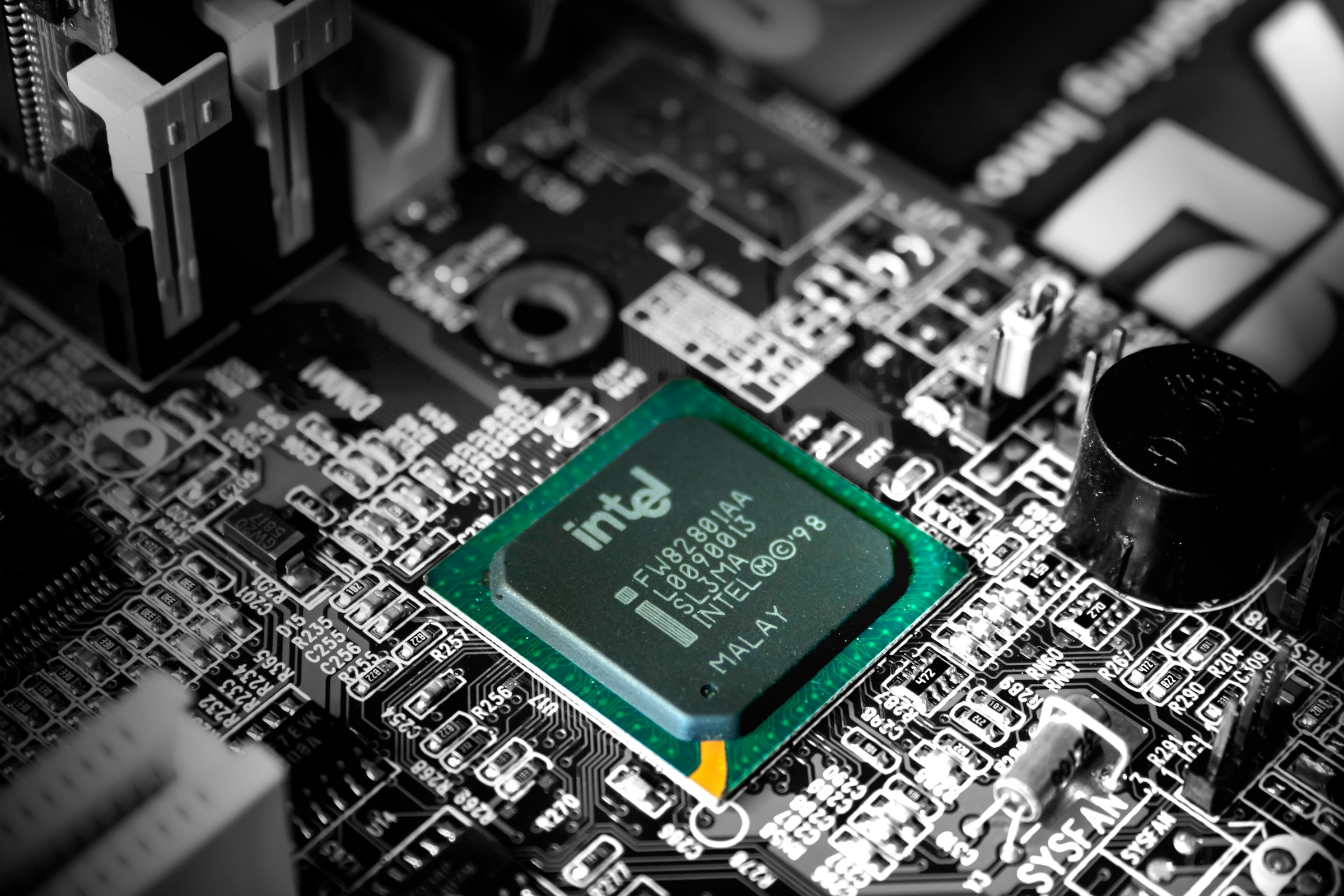The US Commerce Department’s imminent disclosure of its chip import probe marks more than a procedural milestone—it signals a potential recalibration of trade posture in a sector where national security, economic leverage, and geopolitical alignment increasingly converge. While the final report is expected within two weeks, its structural implications are already being digested across the policy ecosystem.
On the surface, the probe sought to quantify US reliance on foreign semiconductors, particularly those tied to China’s foundry and packaging ecosystem. But beneath the headline lies a deeper motive: to chart a forward-looking map for industrial policy, especially amid mounting concerns about intellectual property leakage, supply fragility, and asymmetric dependencies in advanced tech inputs.
What appears, at first glance, to be a routine data-gathering exercise may actually serve as a pretext for targeted trade measures, export controls, or investment screening enhancements. This is not a deviation from current US policy. Rather, it reflects an institutional shift: moving from reactive curbs to preemptive architecture in tech trade governance.
The strategic backdrop is already well-defined. Since 2022, the US has tightened export controls on advanced chipmaking tools and high-performance computing hardware destined for Chinese entities. The CHIPS and Science Act allocated over $50 billion in semiconductor incentives. Meanwhile, outbound investment review—previously a conceptual tool—has gained regulatory teeth, especially in AI and quantum-adjacent verticals. Within that context, the chip import probe functions less as a standalone diagnostic and more as an institutional scaffold for the next policy layer.
In particular, this upcoming report is likely to draw lines around three zones of exposure: reliance on packaging and testing services in China, indirect imports routed through third countries (especially in Southeast Asia), and possible circumvention of existing export controls via backdoor component flows. Each of these vectors has trade, compliance, and diplomatic implications. If such patterns are confirmed in the report, expect the Commerce Department to pair disclosure with specific enforcement or oversight measures, including new tariff classifications or rule reinterpretations under existing frameworks such as the Export Administration Regulations (EAR).
What’s notable is not just the US posture—but the divergence it may create with key allies. While Japan, South Korea, and the Netherlands have moved in partial lockstep with Washington’s chip controls, their domestic firms—particularly in memory and packaging—still rely on open access to Chinese clients. An aggressive US policy update following the probe risks creating commercial friction or even legal incoherence across multilateral trade rules, especially if enforcement reaches into supply chain intermediaries. The cross-border spillover would not be contained to semiconductors alone; adjacent sectors such as industrial automation, EV components, and photonics could be swept into the compliance expansion.
Market signals are already reflecting anticipation of tightened scrutiny. Since the Commerce Department’s initial announcement of the probe, trading volumes in mid-cap US chip design firms with Asian fabrication exposure have spiked. Sovereign funds in Singapore and Abu Dhabi have reportedly begun reviewing fund allocations with high China exposure in the advanced tech stack, suggesting institutional actors are preparing for portfolio recalibration.
From a sovereign capital lens, the probe’s conclusion could accelerate trendlines already underway. Southeast Asian markets—especially Malaysia and Vietnam—are poised to benefit from reshoring incentives and nearshoring imperatives. However, this benefit is contingent on regulatory clarity. Should the US policy response be blunt or erratic, it may inject uncertainty into the very supply chains it aims to diversify.
Meanwhile, China is unlikely to wait passively. The PRC’s Ministry of Commerce may preemptively respond with updated retaliatory measures, such as expanding its unreliable entities list or formalizing procurement bans on US-origin components in public infrastructure. The tit-for-tat dynamic, while familiar, is now layered atop a far more sophisticated matrix of capital control, industrial subsidy, and diplomatic signaling.
For institutional observers, the real signal lies in how the US frames the report’s findings. If the Commerce Department casts the results as a security risk, it opens the door for rapid executive action under IEEPA or Defense Production Act authorities. If, instead, the report is framed through a competitiveness lens, the policy rollout may be slower, more incentive-based, and embedded within broader industrial support programs.
This framing distinction is not semantic—it determines the institutional velocity and legal latitude of subsequent actions. Security framing justifies speed and unilaterality. Competitiveness framing invites debate, dilution, and interagency drag.
Ultimately, the report’s outcome may serve as a reference point for other tech-adjacent sectors. Lithium-ion battery imports, solar PV cells, and advanced sensors are all candidates for similar reviews. This reveals the structural ambition of the probe: not to audit one sector, but to prototype a replicable model of trade surveillance in critical industries.
The institutional machinery is already in motion. What remains to be seen is whether the policy response narrows divergences across allied economies—or inadvertently accelerates decoupling in ways even the US cannot fully control.
This is not merely an import probe. It is a calibration exercise in capital power, regulatory asymmetry, and strategic industrial positioning. The report’s findings may shape policy posture more profoundly than any single tariff line or export ban. That’s the real signal—quiet but unmistakably forceful.









.jpg&w=3840&q=75)




-1.jpg&w=3840&q=75)